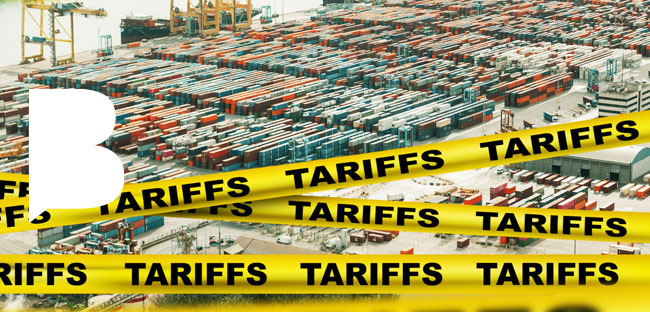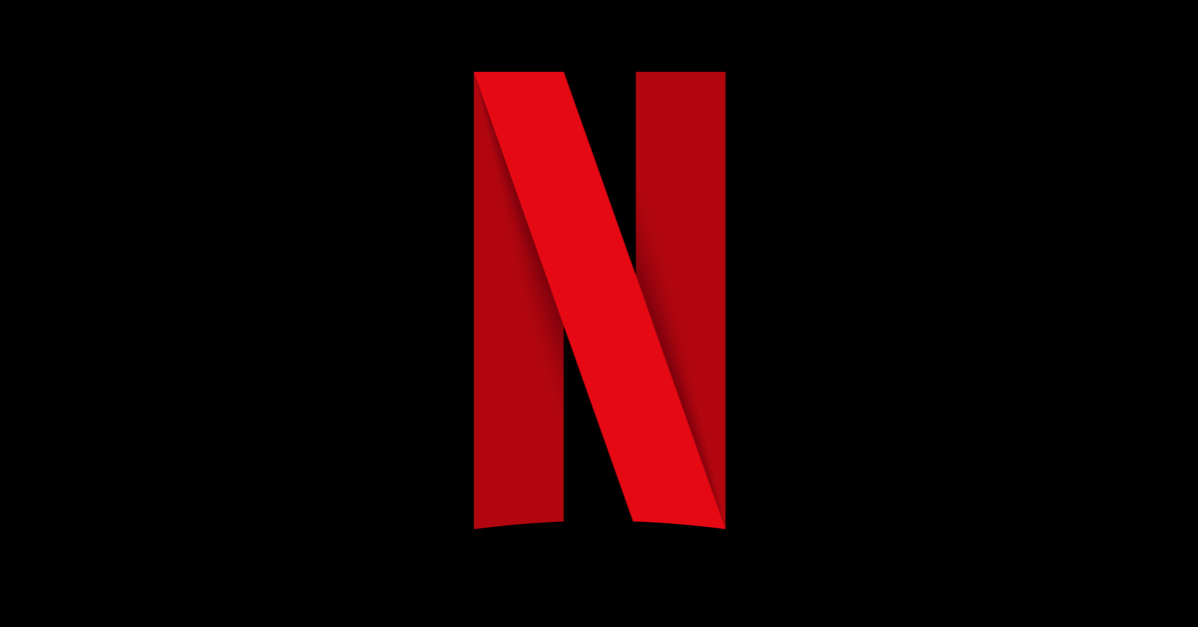OpenAI has signed multiple content-sharing deals with major media outlets, including Politico, Vox, Wired, and Vanity Fair, allowing their content to be featured in ChatGPT.
As part of the deal with The Washington Post, ChatGPT will display summaries, quotes, and links to the publication’s original reporting in response to relevant queries. OpenAI has secured similar partnerships with over 20 news publishers and 160 outlets in 20 languages.
The Washington Post’s head of global partnerships, Peter Elkins-Williams, emphasised the importance of meeting audiences where they are, ensuring ChatGPT users have access to impactful reporting.
OpenAI’s media partnerships head, Varun Shetty, noted that more than 500 million people use ChatGPT weekly, highlighting the significance of these collaborations in providing timely, trustworthy information to users.
OpenAI has worked to avoid criticism related to copyright infringement, having previously faced legal challenges, particularly from the New York Times, over claims that chatbots were trained on millions of articles without permission.
While OpenAI sought to dismiss these claims, a US district court allowed the case to proceed, intensifying scrutiny over AI’s use of news content.
Despite these challenges, OpenAI continues to form agreements with leading publications, such as Hearst, Condé Nast, Time magazine, and Vox Media, helping ensure their journalism reaches a wider audience.
Meanwhile, other publications have pursued legal action against AI companies like Cohere for allegedly using their content without consent to train AI models.
Would you like to learn more about AI, tech and digital diplomacy? If so, ask our Diplo chatbot!


























